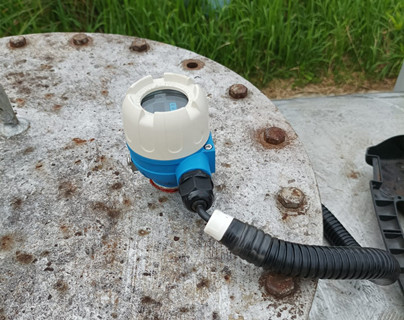How Ultrasonic Level Sensors Used in Complex Environment
Generally speaking, ultrasonic level sensors are commonly used for storage tanks, rivers, channels and other cases to measure the liquid level. They can measure both water, fuel, oil or corrosive liquids. Ordinary types of ultrasonic level sensors can measure water, while for detecting corrosive liquids, or for harsh environment, how they are used? For example, in chemical plants, many chemical products are corrosive. Ordinary level sensors can't be used. We should use anti-corrosive versions, such as a PVDF probe in this case.
When the medium temperature is high, we can use ultrasonic level sensors that are high temperature resistant. When sensors are used in some remote areas where the power supply is a challenge, we can use sensors that are powered by lithium batteries. We can also use wireless transmission devices to realize remote data transmission so we do not need to go to the site for data view and collection.

When vapor, mist, dust, foam or floating objects occur in the working condition, the ultrasonic signal will be absorbed, resulting in unstable data. In this case, we will suggest increasing the product range to ensure the stability of the signal, adding filter plate upstream to reduce the floatings, or use probes with tetrafluoro emitting surface to refuse water droplet condensed on the probe, or take other measures based on the specific application.
Ultrasonic level gauges are ideal for level monitoring, however, the most suitable version and materials should be used to guarantee the measurement effect.





